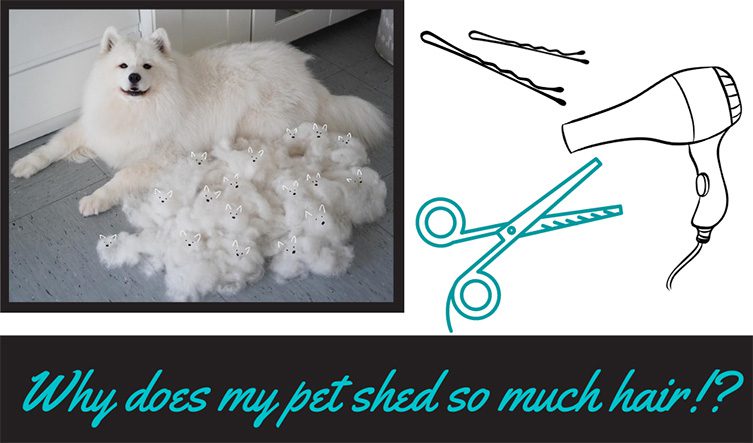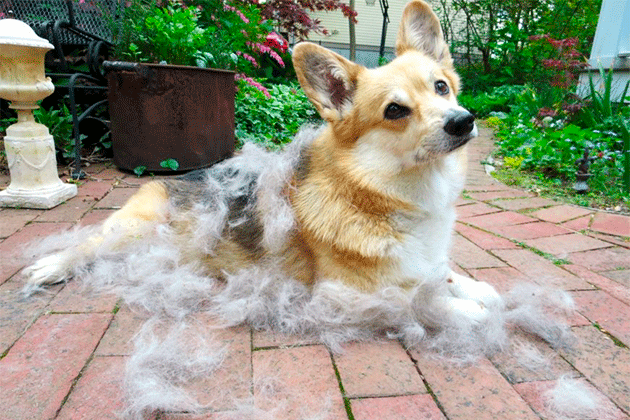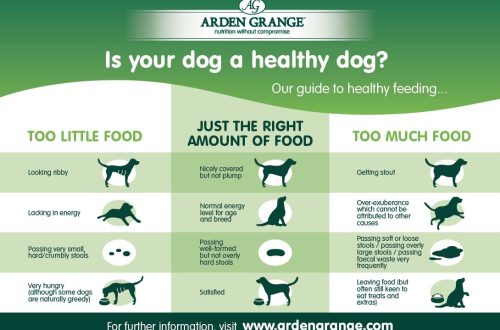
Лињање код паса и мачака

Shedding in animals is the replacement of old wool with new. It is pathological and physiological. Physiological, seasonal molting occurs 2 times a year – in spring and autumn, and passes in 1-4 weeks. What do you need to know about molting?
It is necessary to take into account the fact that among cats and dogs there are breeds that change their coat to varying degrees.
- Significant molting: Labrador, Samoyed, Husky, St. Bernard, Akita, Collie, from short-haired dogs, pugs, beagles, British Shorthair, Scottish, Persian, Maine Coon breeds strongly shed.
- Medium: bulldog, dachshund, chihuahua, american curl, kurilian bobtail, angora, burmese.
- Little or no shedding: Poodle, Yorkshire Terrier, Bedlington Terrier, American Hairless Terrier, Chinese Crested, Xoloitzcuintle, Oriental, Singapura, Cornish Rex, Sphynx.
But, when getting yourself a hairless animal, be aware that their skin requires special care, both for a dog and a cat, although there is no hair, the skin still secretes sebum.
Садржај
Types of physiological molting
Сезонски
It usually happens twice a year – in spring and autumn. In the spring, the warm winter coat changes to a lighter one, the undercoat falls out in large tufts, and in the fall, on the contrary, a new undercoat grows. During the spring molt, the amount of hair shedding is especially large, but this molt is swift and passes faster than the autumn one.
Shedding after estrus or childbirth
Occurs when the hormonal background of a cat and a bitch changes after estrus or the end of pregnancy, the animal loses a significant part of its hair.
Moulting in young animals
The period when the “young” coat is replaced by the “adult”. Soft hair gives way to coarser hair from around three months and may be gone by 15 months.
Pet shedding or “apartment” shedding
It occurs in cats and dogs living in rooms with approximately the same warm temperature and artificial lighting all year round. Seasonality in such animals can be smoothed out and the coat is constantly updated, regardless of the time of year.
How to distinguish physiological molting from pathological
With a normal hair change process, there is no itching, alopecia (bald areas of the skin), redness and other skin lesions, there is no dandruff and excessive greasiness, the coat looks healthy, in general, the pet’s condition is assessed as good.
Causes of pathological molting
- Стрес
- Poor food quality or nutritional imbalance, unsuitable feed
- Skin diseases accompanied by itching. These are parasitic diseases, such as flea dermatitis. Allergic reactions. Atopic dermatitis. Hypotrichosis and self-induced alopecia occur on the body
- Endocrine disorders, such as canine hypothyroidism
- Failure to comply with the microclimate parameter. Dry air, high temperature
- Dermatophytosis, in the absence of a secondary infection, is also not accompanied by itching
- Washing too often can lead to untimely shedding.
- Неприкладна козметика
- Unsuitable combs and other grooming items (brushes too hard, teeth not long enough, etc.)
Shedding diagnostics
If you yourself find it difficult to determine the pathological or physiological molt in your pet, and she worries you, contact your veterinary dermatologist. The veterinarian will take a thorough medical history and, if necessary, conduct additional diagnostics:
- LUM diagnostics to exclude certain types of dermatophytosis (lichen)
- “Wet test” to detect flea feces on a pet’s body
- Deep and superficial scraping of the skin to rule out other parasitic diseases
- Cytological examination of the skin to determine the cellular composition of the skin surface or the nature of the resulting lesions
- Trichoscopy – assessing the quality of wool under a microscope
- If necessary, additional studies are done, for example, skin culture or histological examination
How to care for animals during molting
- Comb your pet, this will help to avoid tangles, the formation of dermatitis and dandruff. Choose combs, slickers, rubber brushes or mittens according to the type of animal’s coat. It removes old hair very well without damaging the new one, however, the furminator is not suitable for everyone.
- Use hair care products: nourishing shampoos, shampoos for shedding dogs and cats, balms, masks.
- Maintain the saturation of the skin and coat with useful substances: omega-3 and omega-6 fatty acids, oils, vitamins. This can be done with special drops at the withers, such as Essential. They are applied topically once a week, the course is 4 weeks.
- Inside it is worth giving vitamins with a reinforced formula for skin and coat. Such preparations as Polidex Super Wool plus, 8in1 Excel Brewer’s yeast, Farmavit Neo Perfection of wool, Unitabs BiotinPlus are suitable.
- You can use the services of a groomer and carry out an express molting procedure in the salon.
Prevention of pathological molting
For prevention, it is also recommended to use complexes of vitamins and minerals. It is necessary to regularly treat pets from ectoparasites – fleas and ticks. You can use drops on the withers and collars, for dogs – drops on the withers (spot-ons), collars or tablets. Regularly brush your pet, bathe not too often and with products designed specifically for animals.





